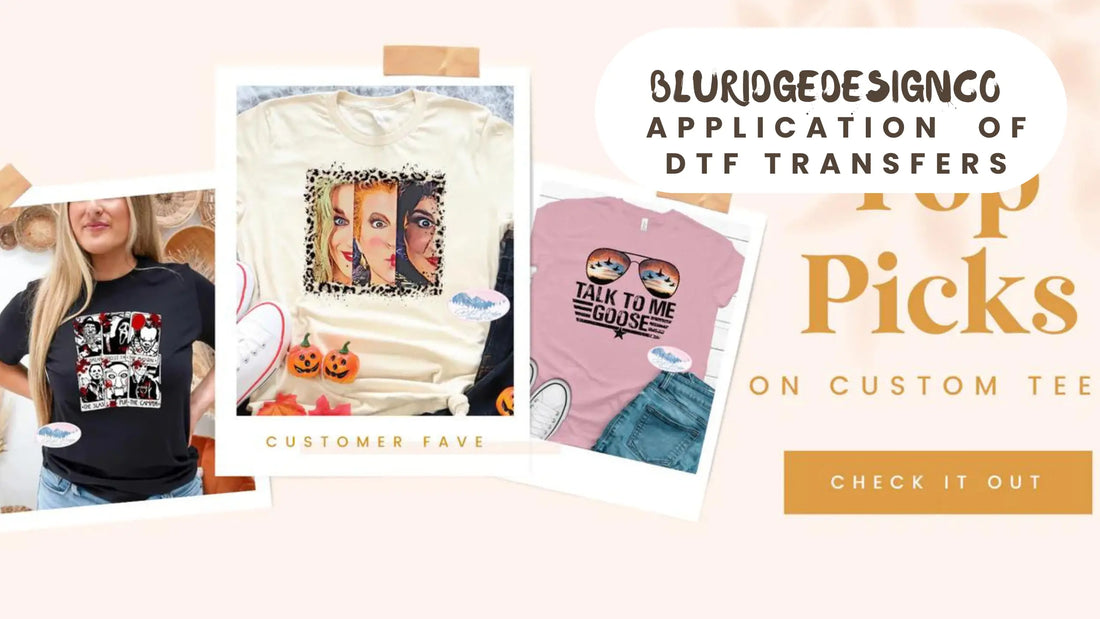What can I apply DTF transfers to?
One of the biggest advantages of DTF printing over other forms of apparel decoration is that you can apply these transfers to a wide variety of garment materials, including: • Cotton • Polyester • Rayon • Cotton/poly blends • Triblends • Nylon • Silk • Leather • And more!
This means that you can use DTF transfers to customize t-shirts, tank tops, hoodies, jackets, hats, bags, and more. The only limitation is your imagination! What's the difference between DTF and Sublimation? Both Direct to film (DTF) and sublimation printing are heat transfer techniques in the design printing industries.
DTF is the latest technique of printing service, which has digital transfers decorating dark and light t-shirts on natural fibers like cotton, silk, polyester, blends, leather, nylon, and more without expensive equipment. On the other hand, sublimation is a printing technique that uses heat-sensitive inks.
Sublimation printing is used to print on polyester garments or any product made of polyester like mugs, plates, etc. What's the difference between DTF and Screen Transfers?
DTF has many benefits over traditional screen printing. DTF does not require screens, setup fees, minimums, or color changes. This means you can print any design, any size, and as many colors as you want without worrying about the added cost.
DTF also has a softer hand feel than screen printing and amazing elasticity. DTF Printing process explained.
DTF uses a special printer that has either been modified to use DTF inks or was manufactured that way.
The printer prints the design in reverse face down onto DTF film.
The film is then run through our Automatic powdering/drying machine which applies a special DTF powder adhesive to the back side of the white ink. The DTF powder adhesives are water-seeking, so they draw themselves into the ink of the printed material. After the powder is applied, the film is passed under high heat to cure the ink and melt the powder into a glue that covers the back of the transfer. Once this curing process is complete the transfer is ready for pressing onto your custom garment.

